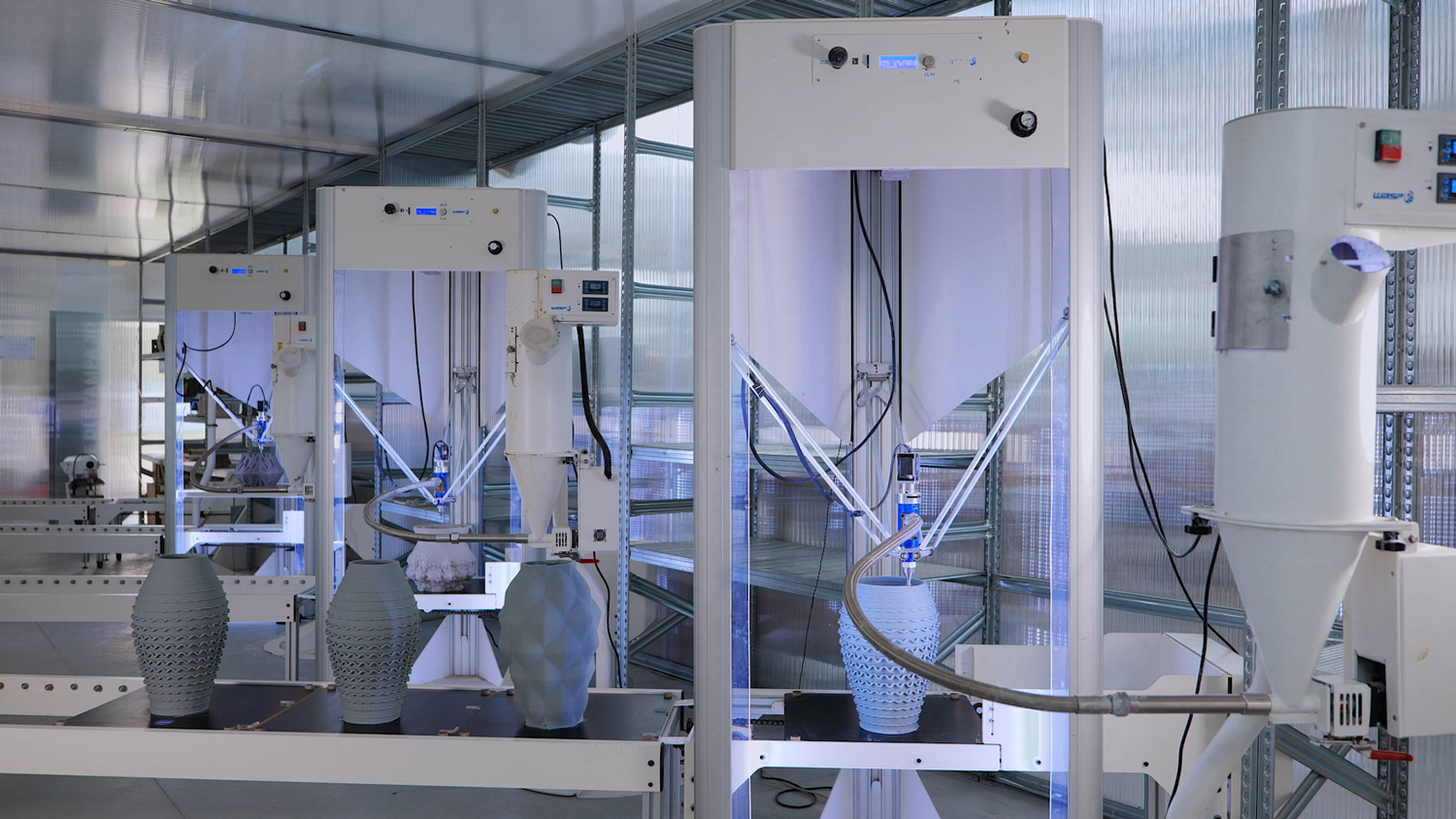Effective car park management in retail environments is essential for ensuring customer safety and enhancing the overall shopping experience. A well-managed car park not only improves accessibility and convenience but also reduces the risk of accidents and crime. Implementing comprehensive safety measures and adopting best practices can significantly enhance the safety and security of retail car parks.
Designing for Safety
The design of a car park plays a crucial role in ensuring customer safety. Key design elements include clear signage, adequate lighting, and well-marked pedestrian pathways. Clear signage helps guide drivers to parking spaces and exits, reducing confusion and the potential for accidents. Adequate lighting is essential for visibility, especially during evening hours, and helps deter criminal activities. However, it is important to ensure you have safe electrics. For instance, you may need to look into outdoor cable protection at seton.co.uk. Well-marked pedestrian pathways ensure that pedestrians can navigate the car park safely, separated from vehicular traffic.
Implementing Traffic Management
Effective traffic management within a car park is vital for preventing accidents. This includes the use of directional arrows, speed limits, and traffic calming measures such as speed bumps. Directional arrows help maintain a smooth flow of traffic and prevent head-on collisions. Speed limits should be clearly posted and enforced to ensure that drivers move at safe speeds. Speed bumps can be strategically placed to encourage drivers to slow down in areas with high pedestrian activity.
Security Measures
Security is a paramount concern in retail car parks. Implementing robust security measures can significantly enhance customer safety. These measures include surveillance cameras, regular patrols, and emergency call points. Surveillance cameras should be strategically placed to cover all areas of the car park, including entrances, exits, and remote corners. Regular patrols by security personnel can deter potential criminals and provide a quick response in case of an incident. Emergency call points allow customers to summon help quickly if needed.
Maintenance and Cleanliness
Regular maintenance and cleanliness of the car park are essential for safety and customer satisfaction. Potholes, uneven surfaces, and debris can cause accidents and should be promptly addressed. Regular cleaning helps maintain a pleasant environment and reduces the risk of slips and falls. Additionally, ensuring that lighting fixtures are regularly checked and maintained ensures that the car park remains well-lit and safe at all times.
Accessibility
Ensuring accessibility for all customers, including those with disabilities, is crucial. This involves providing designated parking spaces close to entrances, ramps, and clear pathways that are wheelchair-friendly. Signage should be visible and informative, guiding customers to accessible routes and facilities. Providing assistance services, such as staff available to help with carrying goods or navigating the car park, can further enhance the shopping experience for customers with special needs.
Technology Integration
Incorporating technology can greatly improve the efficiency and safety of car park management. Automated systems for entry and exit can reduce congestion and the risk of accidents at these points. License plate recognition systems can enhance security by monitoring vehicle movements. Mobile apps that provide real-time information on available parking spaces and allow for digital payment can improve convenience for customers. Additionally, sensors and smart lighting systems that adjust based on occupancy can enhance both energy efficiency and safety.
Staff Training and Customer Service
Staff training is a critical component of effective car park management. Employees should be trained in traffic management, emergency response, and customer service. Having staff available to assist customers, answer questions, and address concerns can significantly improve the customer experience. In emergencies, trained staff can provide immediate assistance and coordinate with emergency services, ensuring a swift and effective response.
Emergency Preparedness
Preparedness for emergencies is essential in managing car parks. This includes having clear emergency evacuation plans, regular drills, and accessible emergency equipment such as fire extinguishers and first aid kits. Clear communication systems, including public address systems and signage, are necessary to guide customers in case of an emergency. Coordination with local emergency services ensures that there is a plan in place for a quick response to incidents.
Customer Education and Communication
Educating customers about safe practices in the car park can enhance overall safety. This can be achieved through signage, informational brochures, and digital communications such as emails or app notifications. Information on safe driving speeds, pedestrian pathways, and emergency procedures can help customers navigate the car park safely. Additionally, maintaining open communication channels allows customers to report issues or concerns, which can be promptly addressed by management.
Conclusion
Managing car parks in retail environments requires a comprehensive approach that prioritizes customer safety. By focusing on design, traffic management, security measures, maintenance, accessibility, technology integration, staff training, emergency preparedness, and customer communication, retail establishments can create a safe and efficient parking environment. Ensuring the safety and convenience of customers in the car park enhances their overall shopping experience, fostering customer satisfaction and loyalty. Through diligent management and continuous improvement, retail car parks can be transformed into secure and welcoming spaces for all visitors.







